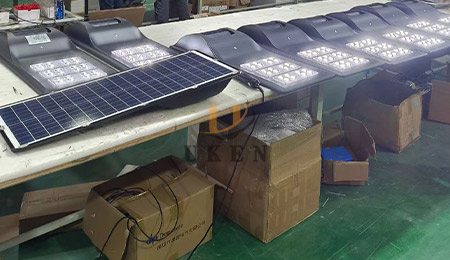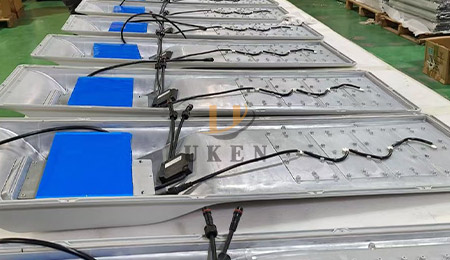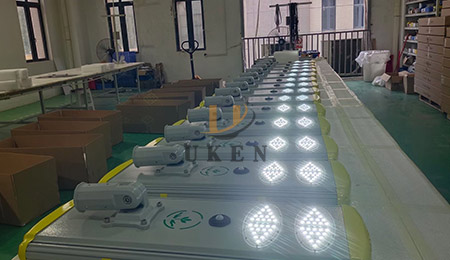In an era where sustainability takes center stage, solar street lights have become the beacon of a greener, more energy-efficient urban future. This article delves into the burgeoning popularity of
solar street lights, exploring their defining characteristics and how they are reshaping the nocturnal landscape of cities worldwide.
1. Harnessing Solar Power:
Solar Photovoltaic Panels: At the heart of solar street lights lies the transformative power of the sun. Photovoltaic panels adorning the streetlight harness sunlight during the day, converting it into clean, renewable energy. This sustainable approach not only reduces carbon footprints but also offers cities an eco-friendly alternative to conventional electricity-dependent street lighting.
2. Autonomous Illumination:
Energy Storage with Batteries:
Solar LED street light are equipped with energy storage systems, typically rechargeable batteries, that store excess energy generated during the day. This stored energy powers the LED lights embedded in the streetlight, providing autonomous illumination throughout the night. This autonomy ensures continuous functionality, even during power outages, contributing to enhanced reliability.
3. LED Technology for Efficient Illumination:
Energy-Efficient LEDs: The integration of Light Emitting Diode (LED) technology is a defining characteristic of
solar street lights outdoors. LEDs are highly energy-efficient, offering bright and focused illumination while consuming minimal power. This efficiency not only contributes to the sustainability of the lights but also translates to long-term cost savings for municipalities and local authorities.
4. Dusk-to-Dawn Operation and Intelligent Controls:
Automatic Activation: Solar street lights operate on a dusk-to-dawn principle, automatically activating as daylight diminishes and deactivating at dawn. This automatic functionality ensures that the lights are responsive to the changing environmental conditions, promoting energy conservation and eliminating the need for manual control.
Smart Control Systems: Advanced solar road lights often feature intelligent control systems. These systems may include sensors for motion detection or ambient light levels, allowing the lights to adjust their brightness based on real-time conditions. Smart controls contribute to further energy optimization and enhance the adaptability of solar street lights in diverse urban settings.
5. Minimal Environmental Impact:
Reduced Light Pollution:
LED Solar street lamp are designed to minimize light pollution, directing their illumination precisely where it is needed. By focusing light downwards and using shields to control the light spread, these streetlights contribute to preserving the natural darkness of the night sky, benefiting both the environment and the well-being of urban inhabitants.
The growing popularity of solar street lights is not merely a trend but a significant shift towards sustainable urban development. Their characteristics, from harnessing solar power to intelligent controls and minimal environmental impact, position them as key players in shaping the future of city lighting. As more cities embrace these eco-friendly luminaries, the nightscape transforms into a testament to both technological innovation and a commitment to a sustainable tomorrow.








